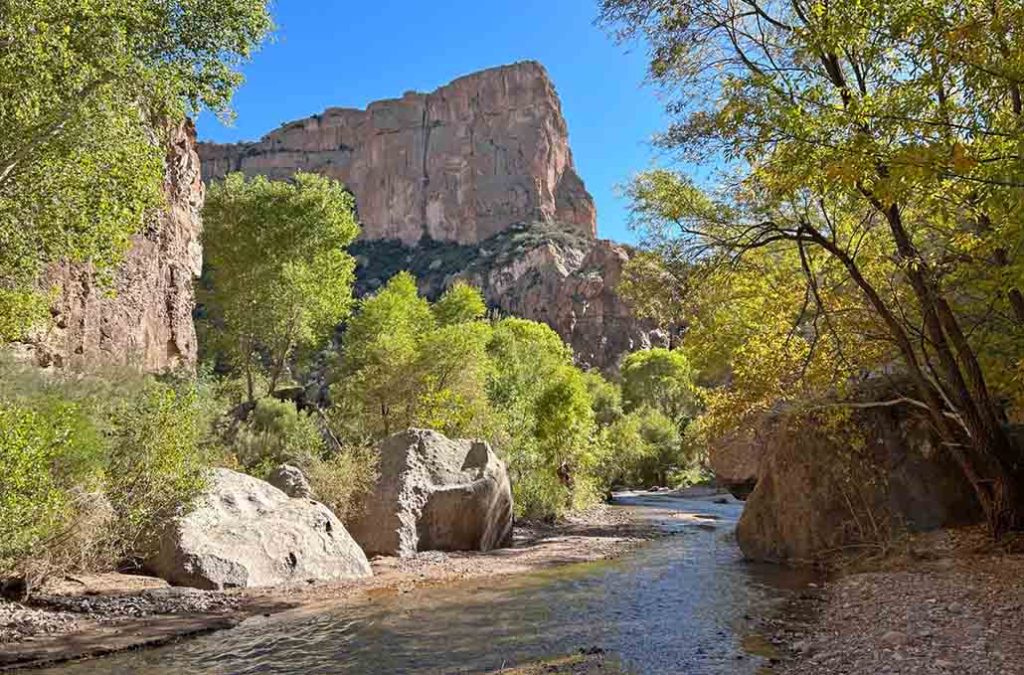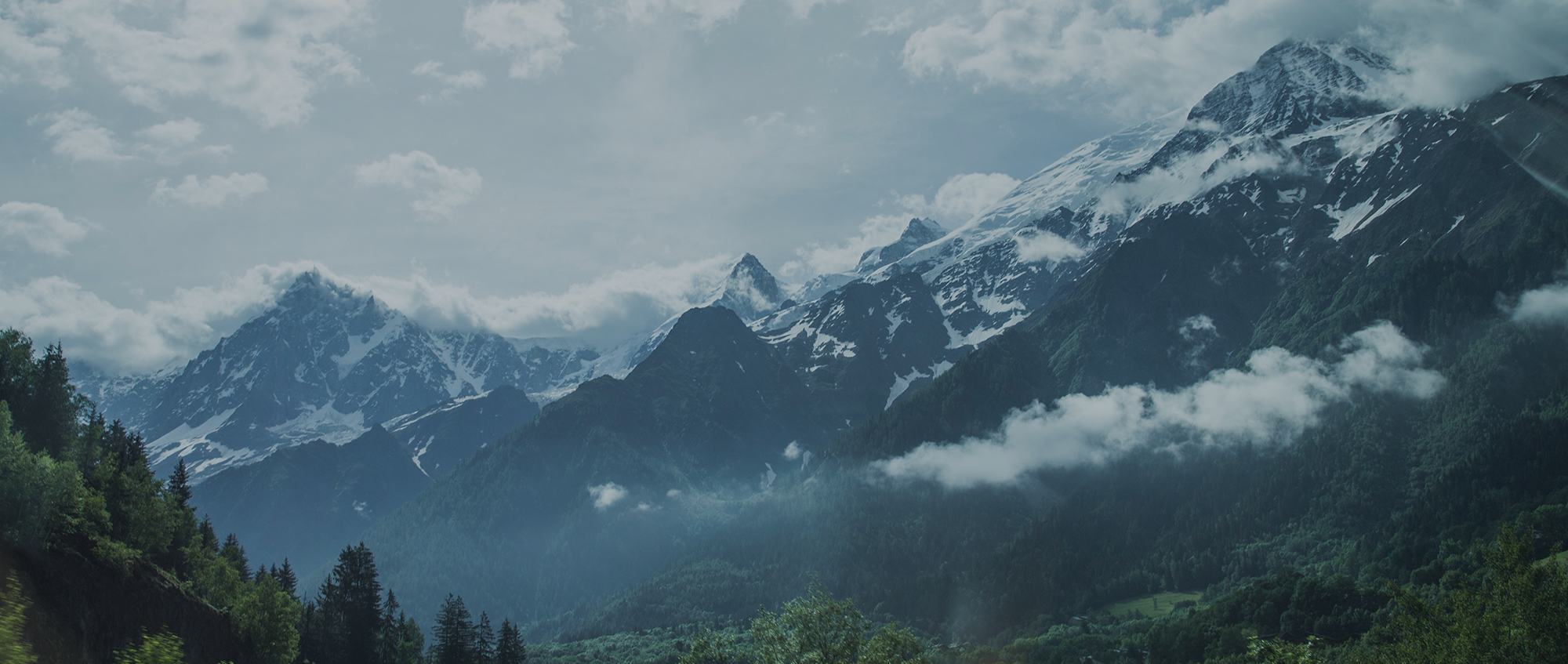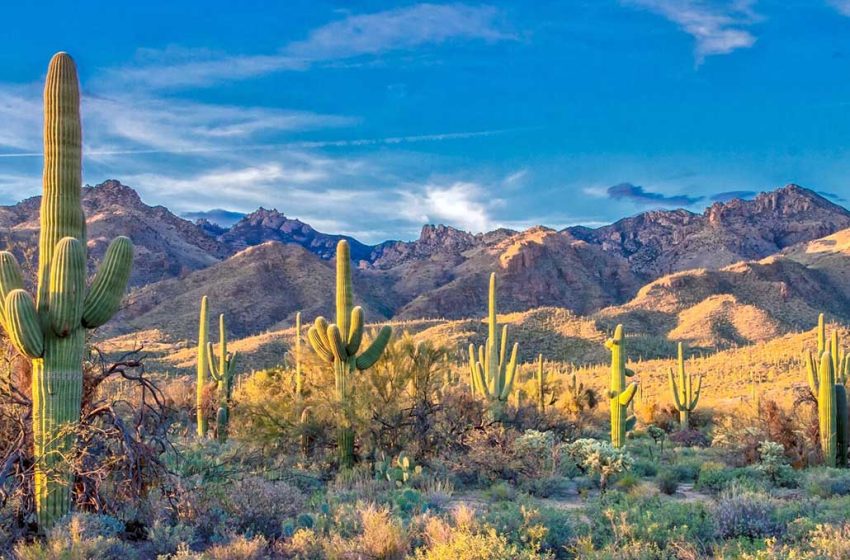Tucson, located in the southern part of Arizona, has always intrigued me. This desert city is home to breathtaking forests of cacti, majestic mountain landscapes, and silent nights under star-filled skies. When people talk about Tucson, they often picture dry air and scorching sun. But once I set foot on this land, I discovered a desert world filled with life and mystery.
During this trip, I devoted most of my time to exploring nature. Here, the gap between humans and the wilderness seems to vanish. You don’t need fancy tickets to famous attractions—just a good pair of shoes, a bottle of water, and a curious heart. With those, you can step into the wild and experience the raw, awe-inspiring power of nature. Below are five natural wonders in Tucson that I explored personally and wholeheartedly recommend. Each one left a deep and lasting impression.
1. Saguaro National Park: A Grand Canvas of Cactus Forests
The first time I entered Saguaro National Park, I was completely awestruck. Thousands of towering saguaro cacti stood silently across the red earth, like ancient guardians watching over this timeless land. Their silhouettes shift with the angle of the sun—soft and hazy in the morning, long and dramatic in the evening glow. It’s breathtaking, like stepping into a surreal desert dreamscape.
The park is divided into two districts: the Rincon Mountain District (East) and the Tucson Mountain District (West), each with its own charm and biodiversity. I opted to hike the King Canyon Trail in the West early in the morning—a relatively easy route with stunning views and a peaceful atmosphere. Mist hovered among the cacti, birds chirped from all directions, and occasionally, a coyote left its tracks on the trail. The quiet was profound, broken only by the rustle of desert wind and the rhythmic crunch of gravel underfoot.
Along the way, I passed geological faults and distant mountain views that looked like they belonged in a desert painting. The colors of the rocks shifted subtly from ochre to rose gold as the sun rose higher. To my surprise, the park wasn’t just about towering cacti. Between cracks in the rocks, I spotted wildflowers in shades of lavender and orange, smaller cactus species clinging to life, and hardy desert shrubs—each telling its own story of resilience. At sunset, I sat quietly on a hill, watching the fiery sky reflect off the cactus spines and illuminate the desert in hues of crimson and gold. A profound peace filled my heart—a rare stillness that only nature can provide.
2. Tucson Mountain Park: A Wilderness of Solitude and Raw Beauty
Tucson Mountain Park feels even more wild and untouched than Saguaro National Park. Covering more than 20,000 acres of rugged terrain, it’s crisscrossed with trails, valleys, cliffs, and rich wildlife, making it a paradise for those seeking a deeper connection with nature. Unlike more tourist-heavy locations, this park offers solitude, silence, and a raw desert experience that feels almost spiritual.
I spent an entire day hiking the Brown Mountain Trail, a classic route that winds through hills and desert terrain, offering panoramic views and moments of complete isolation. Along the way, I came upon a dry riverbed, its boulders etched with time-worn grooves—natural records of countless years gone by. I paused often to examine the desert textures: gritty sand, smooth stones, and spiny plant life, all shaped by relentless wind and sun.
Animal tracks marked the sand—deer and coyotes had passed through recently, leaving behind silent traces of their journey. Overhead, hawks occasionally soared across the sky, their sharp cries echoing across the valley, reminding me that this land belonged first and foremost to its native creatures. The air carried the scent of dry soil and cactus blooms, and though the sun was intense, it felt energizing, not oppressive—like being immersed in a place beyond time.
There’s a romanticism in this kind of desolate beauty. On a high ridge, I paused to look over the distant valley and the faint outline of Tucson city. In that moment, time seemed to stand still. When night fell, I was treated to one of the most stunning skies I’ve ever seen. With hardly any light pollution, the Milky Way stretched across the heavens, vivid and clear—I felt as though the stars were whispering in my ear, sharing stories written long before humans ever walked this land.

3. Santa Catalina Mountains: A Magical Transition from Desert to Forest
Tucson’s geography is nothing short of spectacular. Nowhere is this more evident than in the Santa Catalina Mountains, a towering range that rises just north of the city. In less than an hour’s drive from the city center, I went from blistering desert terrain to lush alpine forests—a striking ecological transformation that feels almost like time travel.
I drove along the famous Sky Island Scenic Byway, a 27-mile road known for its ever-changing scenery and dramatic elevation gain. The lower elevations were filled with desert shrubs, saguaros, and rocky outcrops baked by the sun. But as I climbed, the landscape shifted dramatically. Towering pines replaced the cacti, wildflowers bloomed along the roadside, and I even spotted a family of deer grazing in a grassy meadow. Each bend in the road brought new surprises—a hidden overlook, a sudden burst of shade, a breeze that carried the scent of pine needles.
Scenic pullouts dotted the route, offering postcard-perfect views of rocky canyons and distant peaks. I stopped frequently, sometimes just to breathe in the cool air and marvel at how quickly the environment changed. At the summit of Mount Lemmon, the air was a full 15 degrees cooler than in the valley. A refreshing breeze swept through the pine trees. There’s even a small ski area and a cozy café at the top—yes, skiing in the desert is real here during winter. I lingered over a cup of coffee, gazing out at the vast green forest that stretched below, a sharp contrast to the arid basin I had just left behind.
Walking through the spruce forest, I felt as though I had entered another realm. The silence was softer here, filled with the rustle of leaves and the occasional birdcall. This experience completely overturned my impression of Tucson as “just a desert city.” Here, the desert blends seamlessly into forest, and nature puts on a stunning display of contrasts—one that invites visitors to see the desert not as barren, but as endlessly diverse and alive.
4. Sabino Canyon: A Journey of Water and Light Between Canyon Walls
In a dry place like Tucson, encountering flowing water feels like a miracle. Sabino Canyon is one of the few natural canyons in the area where water flows year-round, making it a local favorite for weekend adventures.
I arrived early in the morning at the Sabino Canyon Visitor Center and boarded an eco-friendly tram that winds its way deeper into the canyon. It’s a great option for those wanting to enjoy the scenery without strenuous hiking, especially for older visitors or families. You can hop on and off the tram at any of the stops to explore different areas.
I got off at Stop 6 and started walking deeper into the canyon. A gentle river twisted through the valley, mirroring the towering cacti and cliffs on either side. The water was crystal clear—tiny fish darted about, and children splashed near the banks. Sunlight filtered through sparse leaves above, sparkling on the surface in waves of light, like something out of a dream.
This place is a softer side of Tucson’s wilderness. While the desert outside remains rugged, here, the presence of water brings a kind of tenderness. I spent an entire afternoon lost in the harmony of sunlight, shadows, and flowing water.
5. Aravaipa Canyon Wilderness: An Oasis of Green in the Heart of the Wild

Among all the natural areas I visited, Aravaipa Canyon felt the most remote and mysterious. This protected wilderness only allows a limited number of visitors per day—you must apply for a permit in advance. It’s truly a place to escape the noise of the modern world.
I drove over two hours from Tucson to the eastern trailhead, then set out on foot into a land where cell signals vanish and nature takes full command. The canyon walls rose high above me, and between them ran a narrow creek lined with rich greenery. My shoes were quickly soaked, but getting wet felt like a rite of passage for venturing into the wild.
There are no formal trails here—just instinct and observation. Along the way, I spotted deer quietly moving through the trees, and unknown birds singing overhead. At one point, I saw a few turtles basking on sunlit rocks in the creek, and even glimpsed a snake slithering swiftly through the water.
Aravaipa is an untouched paradise. No crowds, no commercial signs—just nature in its purest form. As I walked deeper into the canyon, I felt as though I had left modern civilization behind, returning to a time when humans lived in close communion with the earth.
In Tucson, I Learned to Speak with Nature
This journey to Tucson was more than a geographic expedition—it was a spiritual cleansing. I found solitude in the desert, serenity in the canyons, and grandeur on the mountaintops. Each place seemed to whisper lessons from nature itself.
Tucson’s natural wonders are diverse and abundant. Some strike you with visual drama; others touch you with quiet stillness. From Saguaro National Park to Sabino Canyon, from Tucson Mountain Park to Aravaipa, every hike and every pause was a moment of intimate dialogue with the land.
If you, too, long to step away from the noise and rediscover your inner calm, then come to Tucson. Step into the magical realm between desert and cactus, and let the natural world show you its timeless secrets.

